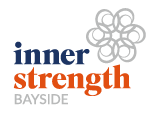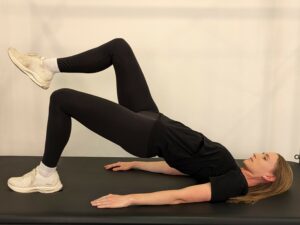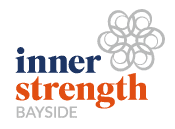Gluteal Tendinopathy
What is Gluteal Tendinopathy?
Gluteal tendinopathy is a condition that effects the tendons in your buttocks that attach to your hip bones. Tendons are strong, flexible bands of tissue that connect muscles to bones and help with movement.
When you have gluteal tendinopathy, it means that these tendons have become irritated, inflamed, or damaged.
What causes Gluteal tendinopathy?
Gluteal tendinopathy occurs for several reasons, including overuse, repetitive movements, poor biomechanics, or sudden increases in physical activity. It’s quite common in people who participate in activities that involve a lot of running, jumping, or squatting, but it can also occur in individuals who sit for long periods or are de-conditioned.
What are the symptoms of Gluteal tendinopathy?
The main symptoms of gluteal tendinopathy are:
- pain and tenderness in the outer (lateral) part of your hip and may or may not refer down into your lateral thigh
- pain with activities like walking, running or climbing stairs or hill climbs
- pain when lying on your side
- pain when standing on one leg
- pain sitting in low chairs and on rising from sitting
- pain sitting with legs crossed
- stiffness the morning after activity.
What is the Treatment?
Treatment for gluteal tendinopathy involves relative rest, education to ensure an understanding of the condition and how to modify activities to avoid further aggravation and a specific progressive loading exercise program to strengthen the muscles around the hip.
If you think you may have gluteal tendinopathy, we would recommend for you to see your local physiotherapist, however the below tips may help to relieve your symptoms short-term:
- Try to sleep with the painful hip up, with a pillow in between the legs to minimize tension through the tendon.
- Avoid sitting with your legs crossed.
- Avoid sitting in low chairs.
- Avoid stretching your gluteal muscles.
- Modify tasks that require single leg stance, e.g. sitting down to get dressed or put on shoes.
- Minimise using the stairs, use a hand rail if needed.
- Continue to remain active but within your limits. Avoid striding out when walking and steep hills.
- Complete physio-specific exercises re-build strength and improve function.
It’s important to listen to your body and give it the rest and care it needs to recover from gluteal tendinopathy. With the right treatment and lifestyle modifications, most people are able to manage their symptoms and return to their normal activities over time. Your healthcare provider can work with you to develop a personalized treatment plan that fits your needs and helps you get back to feeling your best.




